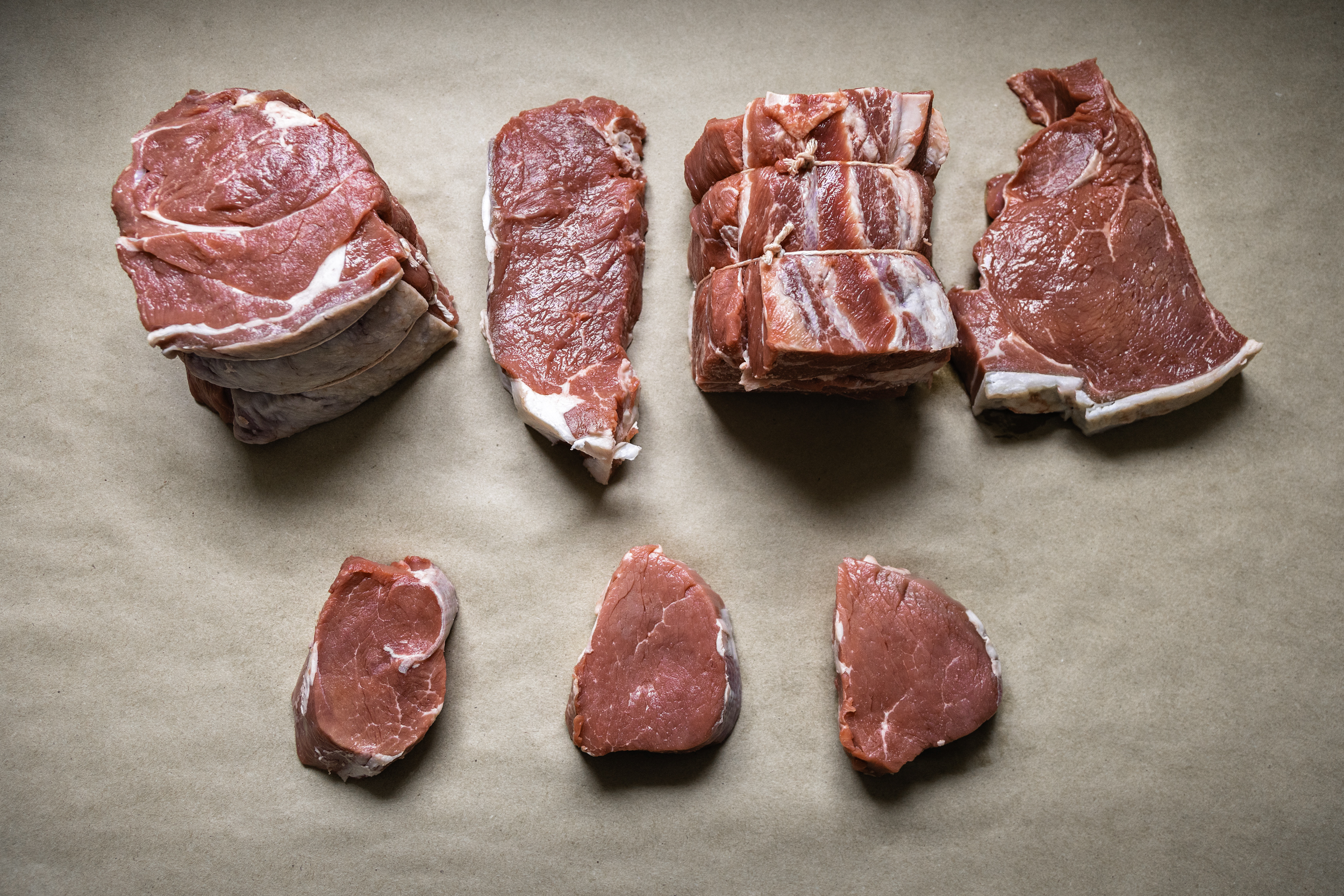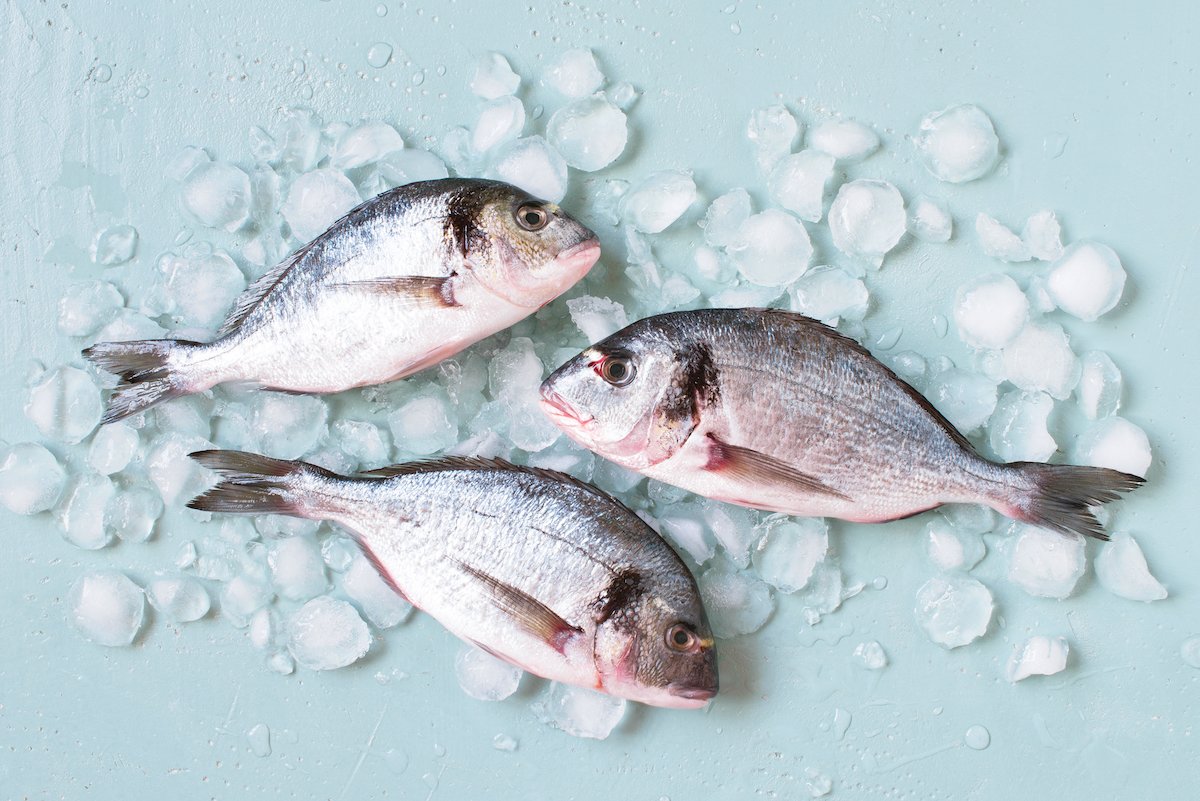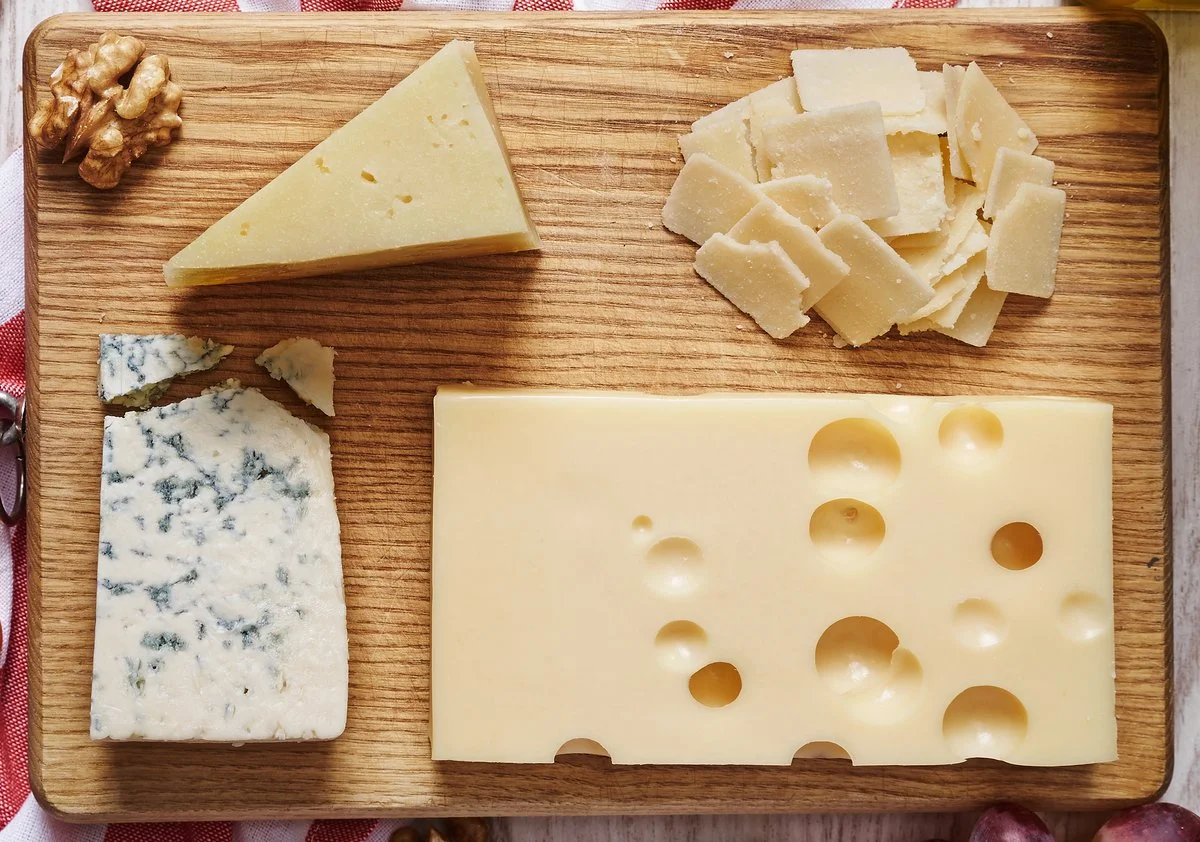Meat Product Knowledge - Beef Cuts
Languages: English
Media Editing: This subject does not contain any editable media.
Description: Beef is a versatile meat It can be an ingredient in a dish, or it can be the star of the meal. In this subject, learners are taught where the major, or primal, cuts of beef come from on the cow, as well as how to predict if a cut will be tough or tender.
Languages: English
Media Editing: This subject does not contain any editable media.
Description: Beef is a versatile meat It can be an ingredient in a dish, or it can be the star of the meal. In this subject, learners are taught where the major, or primal, cuts of beef come from on the cow, as well as how to predict if a cut will be tough or tender.
Languages: English
Media Editing: This subject does not contain any editable media.
Description: Beef is a versatile meat It can be an ingredient in a dish, or it can be the star of the meal. In this subject, learners are taught where the major, or primal, cuts of beef come from on the cow, as well as how to predict if a cut will be tough or tender.
Topics
Types of Primal Beef Cuts
-
Have you ever wondered what part of the cow a specific piece of meat comes from? While the name is sometimes obvious, like ribs, other cuts, like chuck and plate are a bit more mysterious. In this topic, you’ll learn where the main (primal) cuts of beef come from, as well as which cuts are more tender or tough.
-
Questions (level 1, 2, 3)
PDF module (This module was created in a tool that is not supported by our Content Studio offering.)
-
This topic is currently available in English.
-
The Round comes from the cow’s back leg, including the rump. These cuts are leaner and less tender because the muscles in these areas are used for movement.
The Short Loin is the meat in the center of the cow’s back. Many different cuts of steak come from this area and are tender.
Within the Short Loin is the Tenderloin, which is the most tender cut of beef. It doesn’t have a lot of connective tissue and is not a weight-bearing muscle. It comes from a portion of the Short Loin as well as the Sirloin.
Cuts from the Rib come from the cow’s ribcage area. They are very tender since the muscles in this area are mostly used for support, not movement.
Chuck refers to the meat from the lower neck and upper shoulder of the cow. Cuts from this area are flavorful but some can be tough.
The Flank is the area underneath the Short Loin and Bottom Sirloin that covers the cow’s stomach. It has a lot of tough muscle fibers, but the right cooking methods will make this cut tender.
The Plate cut is just below the cow’s Rib and has a higher fat content. Beef Plate contains a lot of cartilage, particularly around the ribs, which can be very tender when cooked with the right methods. Brisket is a flavorful cut of beef. It comes from the cow’s chest and can be tougher since it’s used for movement.
Shank comes from the cow’s thigh. It is extremely tough and full of connective tissue. Braising is a common cooking method for this cut.
Sirloin is a large section of the cow’s backbone down to the Flank. It’s separated into two sections: Top Sirloin and Bottom Sirloin. These cuts can be a little tough since they’re close to the rear legs.
Preview of PDF module for “Types of Primal Beef Cuts”.
Characteristics of Beef Cuts
-
Even if two beef cuts come from the same primal cut, they might not have the exact same qualities or require the same cooking methods. In this topic, you’ll learn how to predict what cuts of beef are generally the most and least tender, as well as best practices for preparing certain cuts.
Note: It is recommended that the learner complete the first topic in this subject, “Types of Beef Cuts” before beginning this topic, as it contains prerequisite knowledge.
-
Questions (level 1, 2, 3)
PDF module (This module was created in a tool that is not supported by our Content Studio offering.)
-
This topic is currently available in English.
-
The most tender cut of beef is found in the center of the cow’s back and is called the Tenderloin. The further a cut of beef is from the Tenderloin, the less tender it will be.A tender cut of beef will have very little connective tissue and come from an area of the cow’s body that gets very little exercise.
A tough cut of beef will have a lot of connective tissue, like collagen. Tough cuts come from the muscular parts of the cow’s body that were frequently exercised.
Lean cuts, which have very little fat, are ideal for marinating since they don’t have much flavor on their own.
A beef cut that has a lot of connective tissue is best suited to be cooked at a low temperature for a long period of time, known as slow cooking. When cooked slowly, the collagen will turn into gelatin, which is soft, making the meat less chewy.
Marbling refers to the white flecks and streaks of fat in lean sections of meat. Cuts of beef with a lot of marbling are flavorful and very popular.
Preview of PDF module for “Characteristics of Beef Cuts”.








